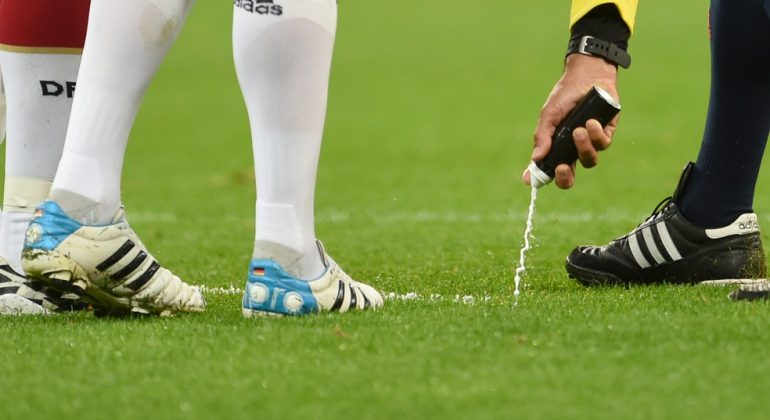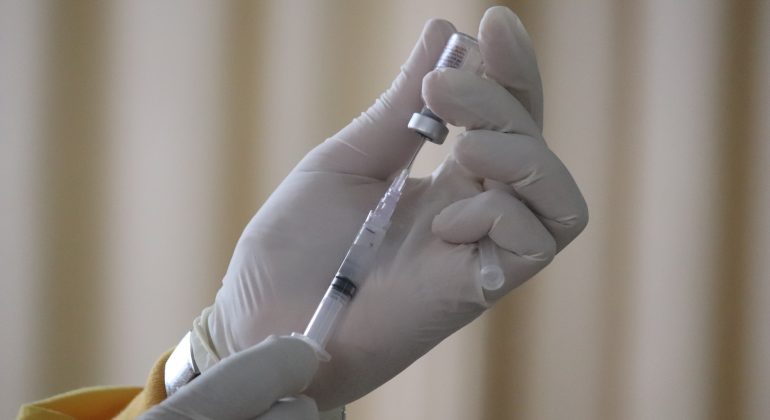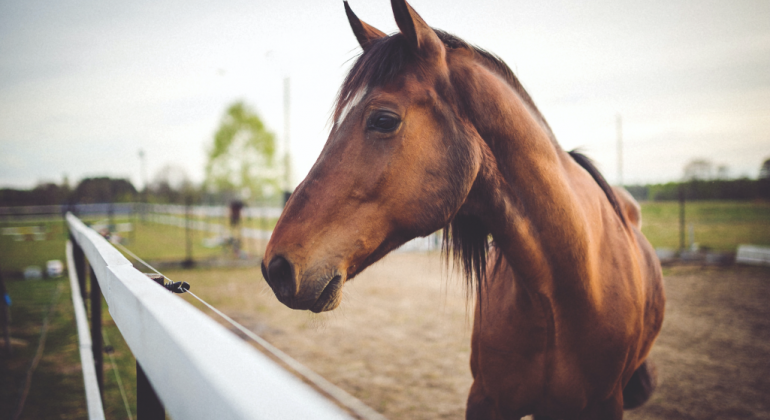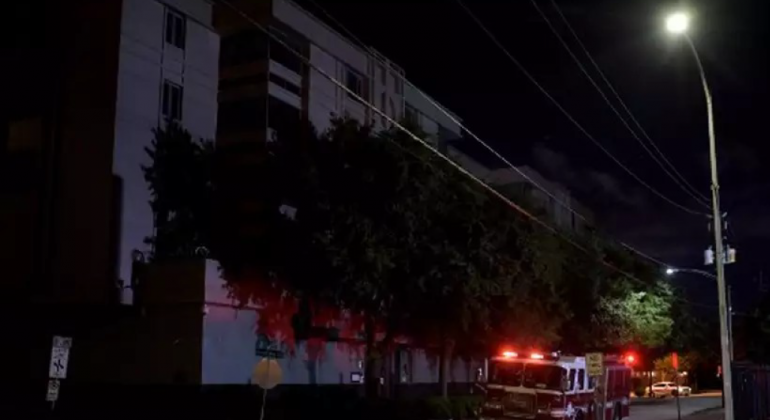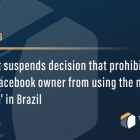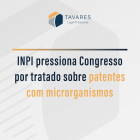Apple fined US$1.9 million in China for copyright infringement
On November 1st, Apple was forced to pay 12 million yuan (US$1.9 million) to Chinese distributor COL Digital Publishing, which supplies reading products through diversified channels, including works literature, comic books, and editorial products on paper.
The Chinese company has had several legal battles against Apple since 2012 over copyright issues, totaling four lawsuits against the iPhone’s owner. One of them took place in April this year when Apple had to pay a fine of 368,000 yuan.
This time, the decision made by the People’s Court of Tianjin Binhai (responsible for the case located in the north of mainland China) to punish Apple came after COL Digital found that third-party applications in the App Store, belonging to the US company in mainland China, were publishing unlicensed content, including novels popular in the country, which could only be distributed by the publisher online.
According to the Chinese distributor, the illegal availability of their works in third-party applications caused a loss of more than 70 million yuan for the company, in addition, there are still 83 cases open regarding infringement of rights copyrights in the App Store, including at least 460 titles owned by the Asian company. Thus, there is still the possibility of further lawsuits by the publisher against the iPhone manufacturer in the future.
The South China Morning Post reported that Apple declined to comment on the matter, while a lawyer for COL Digital upheld the Tianjin court’s decision but chose not to provide further details as the case is still ongoing.
In October of this year, Apple had already lost a lawsuit brought by Huawei regarding the use of the “Huawei MatePod” trademark registered by the Chinese manufacturer for its series of headphones. The American giant unsuccessfully tried to block the use of the nomenclature due to supposed similarity to the names given to its category of registered headphones such as “Pod”, “iPod”, “AirPods” and “EarPod”.
Source: Canaltech


